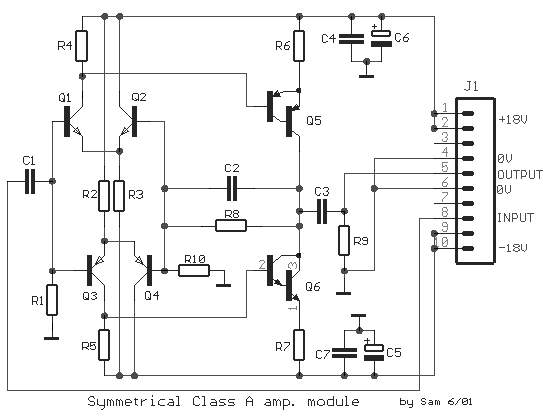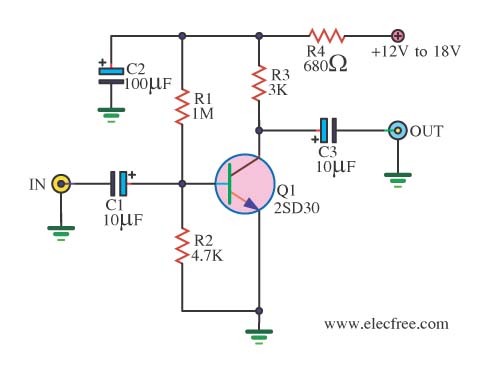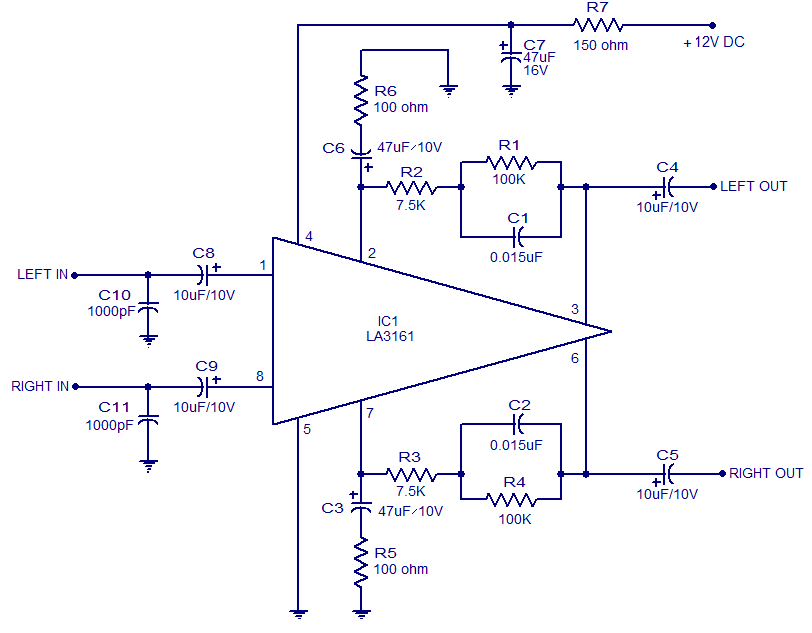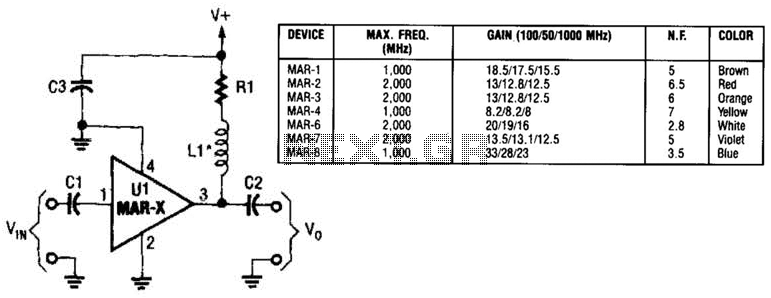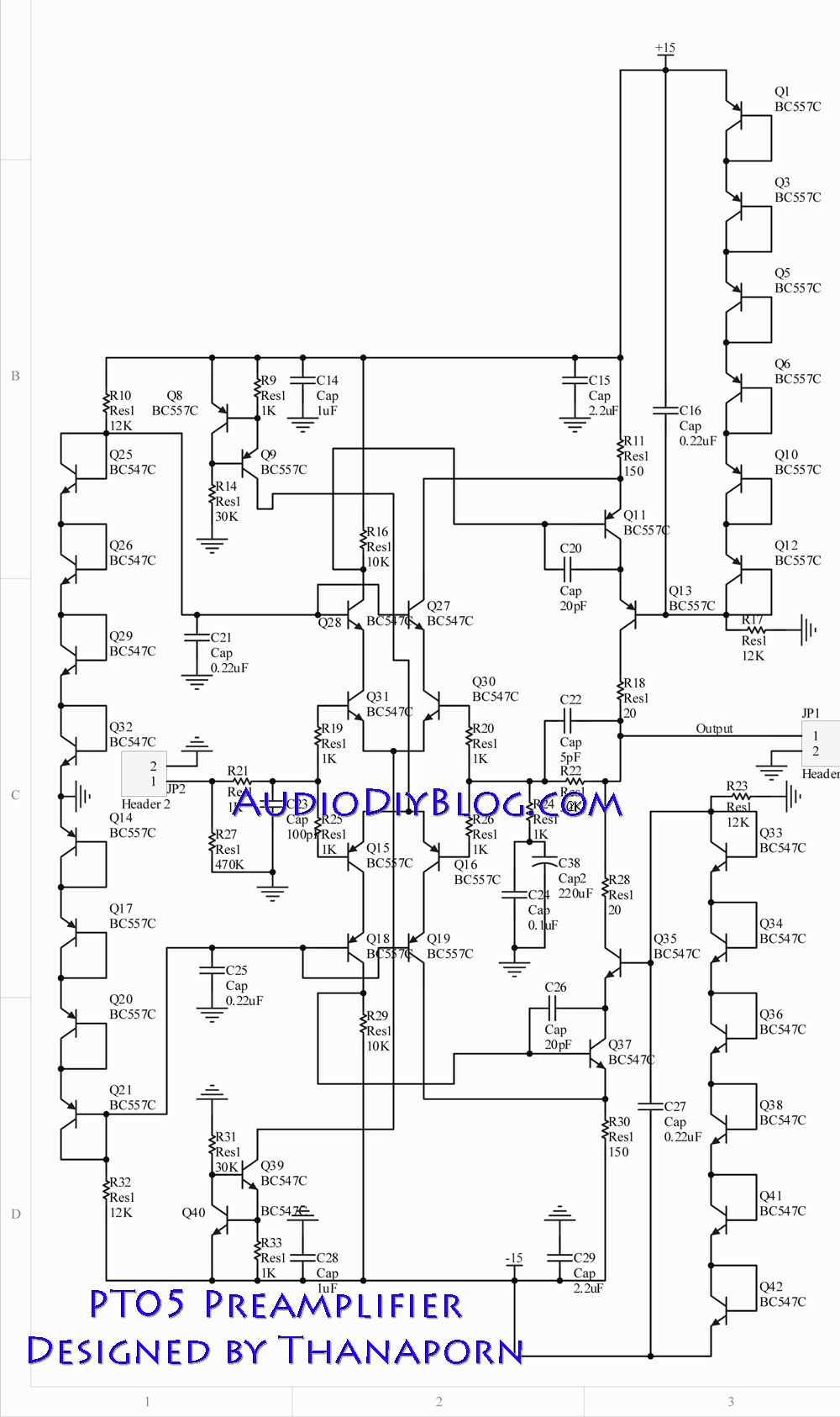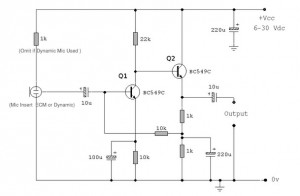
multimedia riaa preamplifier
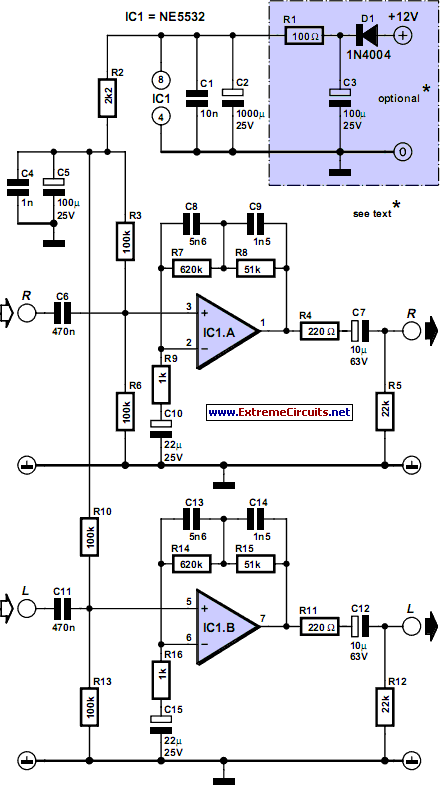
Although many album titles that were once available on vinyl are gradually being released on CDs, not all titles are accessible. It is possible that there are valuable records in a collection that one might wish to convert to CDs. First, it is easier to preserve a CD than a vinyl record, and it is acknowledged that turntables are becoming less common, even in fully-equipped Hi-Fi systems. From a software and PC perspective, converting vinyl to CD is manageable. Numerous programs, both paid and free, exist to remaster vinyl records with varying levels of success, eliminating pops, crackles, and other unwanted noises. These programs utilize the sound card of a PC, which can present challenges. Most high-quality turntables feature a magnetic cartridge that typically produces only a few millivolts. The signal from the cartridge requires a specific frequency correction known as RIAA correction. While older generations may recall the significance of RIAA, younger individuals may mistakenly associate the acronym with illegal music downloading. Due to mechanical factors related to vinyl engraving, a high-boost frequency correction is applied, adhering to a precise curve established by the Recording Industry Association of America, hence the term RIAA correction. The preamplifier for the magnetic cartridge is responsible for reversing this correction. Since this correction amplifies low frequencies, the preamplifier is particularly sensitive to unwanted noises, including hums from the 50 Hz (or 60 Hz) mains power supply. This sensitivity must be considered when designing the project, particularly concerning grounding and shielding. The schematic for the preamplifier is straightforward, employing a low-noise dual operational amplifier, specifically the NE5532. The response curve is shaped by components R7, R8, C8, and C9 (or R14, R15, C13, and C14) to closely match the RIAA correction. The input impedance is set at 47 kΩ, the standard value for magnetic cartridges, with a gain of 35 dB at 1,000 Hz, which provides an output level of several hundred millivolts, suitable for the line input of PC sound cards. Shielded wiring is necessary for the connection between the cartridge and the amplifier input to mitigate hum issues. Additionally, it is advisable to house the assembly in a metal casing connected to the electrical ground. Regarding the power supply, three options are available: for purists aiming to eliminate noise, a simple 9-V battery may be used, rendering the components marked with a dotted line unnecessary. This solution is practical given the circuit's low current consumption, unless there is a significant vinyl collection. For a more sophisticated technical solution, the components within the dotted lines can be utilized, drawing a 12 V positive voltage from the PC. A Y-connector can be inserted into the power supply of an internal drive or peripheral for this purpose. Alternatively, a mains adapter set to 12 V can be connected to the +12-volt point in the schematic to provide additional filtering, which may be beneficial in some cases.
The preamplifier circuit outlined is designed to facilitate the conversion of vinyl records to digital formats while addressing the unique challenges associated with low-output magnetic cartridges. The configuration of the NE5532 operational amplifier is critical, as it ensures low noise and high fidelity in the audio signal. The RIAA correction curve is a fundamental aspect of the design, as it compensates for the inherent frequency response of vinyl records, which is essential for accurate playback and recording.
The choice of input impedance at 47 kΩ is standard for magnetic cartridges, allowing for optimal signal transfer without loading the cartridge excessively. The gain of 35 dB at 1,000 Hz is sufficient to elevate the low-level output of the cartridge to a usable level for standard audio interfaces.
Grounding and shielding are paramount in this design to minimize interference from external sources, particularly the mains power supply, which can introduce hum into the audio path. The use of shielded cabling between the cartridge and the amplifier input is a recommended practice to further reduce noise susceptibility.
The power supply options provide flexibility based on user preferences and system requirements. The use of a 9-V battery is ideal for those seeking a noise-free environment, while drawing power from the PC or using an external mains adapter offers convenience and additional filtering capabilities. Each option should be selected based on the user's specific setup and the desired audio quality.
Overall, this preamplifier circuit is a practical solution for vinyl enthusiasts looking to preserve their collections in a digital format while ensuring high-quality audio reproduction. Careful consideration of component selection, circuit layout, and power supply will yield a reliable and effective vinyl-to-digital conversion system.Even if a large number of album titles once available on vinyl are now, little by little, being proposed as CDs, not all are available and far from it. You may have treasures in your collection that you would like to burn on CDs. First, preserving a CD is easier than preserving a vinyl record, and second, we have to admit that turntables are disap
pearing, even on fully-equipped Hi-Fi systems. From a point of view of software and PCs, converting from vinyl to CD is not a problem. A large number of programs, whether paid for freeware, are available to re-master vinyl records with varying degrees of success and to eliminate pops, crackles and other undesirable noises. All of these programs work with the sound card of your PC and that, admittedly, is where the problem starts.
Most high-quality turntables are equipped with a magnetic cartridge which typically delivers just a few mV. The cartridge signal requires a correction of a specific frequency, called RIAA correction. If our older readers will perfectly recall what RIAA is all about, others from the CD generation may not know what the acronym RIAA stands for, guessing it may have something to do with illegal downloading of music on the Internet.
For mechanical reasons related to the vinyl engraving procedure, high-boost frequency correction is carried out while respecting a very precise curve defined a long time ago by the RIAA (Recording Industry Association of America) and, which therefore, quite naturally, was baptized RIAA correction. Reversing the correction is the role of to the preamplifier for the magnetic cartridge. Since this correction boosts the lowest frequencies, such a preamplifier is very sensitive to all undesirable noises, hums, including, of course, the one coming from the 50-Hz (or 60-Hz) mains power supply.
It is important to take that into account while making this project which must be done carefully with respect to grounding and shielding. The schematic of our preamplifier is very simple because it uses a very low-noise dual operational amplifier.
Here the NE5532 is used, whose response curve is modelled by R7, R8, C8, and C9 (or R14, R15, C13, and C14 respectively) in order to match the RIAA correction as closely as possible. The input has an impedance of 47 kR, which is the standardized value of magnetic cartridges, and its 1, 000-Hz gain is 35 dB which allows it to supply an output level of a few hundred mV typically required by for the line input of a PC sound cards.
The connection between the cartridge and the input of the amplifier requires shielded wiring to avoid the hum problems discussed above. Likewise we recommend fitting the assembly in a metal housing connected to the electric ground. With respect to the power supply, three solutions are proposed: If you are a purist and you want to rule out any noise whatsoever, you will utilize a simple 9-V battery.
Then, the components outlined with a dotted line will not be useful. Since the circuit only uses a few mA, such a solution is acceptable unless your collection of vinyls is impressive. If you desire a more elegant technical solution that might sometimes cause more undesirable noise on the signals, you may want to wire up the components within in the dotted lines and you can steal the 12 V positive voltage available from your PC.
A Y-connector inserted on the power supply of one of the internal drives or peripherals will work very well for that. Finally, you may also use a mains adapter set to 12 V and connect it to the +12-volt point of the drawing in order to benefit from additional filtering, which is not a luxury for some.
🔗 External reference
The preamplifier circuit outlined is designed to facilitate the conversion of vinyl records to digital formats while addressing the unique challenges associated with low-output magnetic cartridges. The configuration of the NE5532 operational amplifier is critical, as it ensures low noise and high fidelity in the audio signal. The RIAA correction curve is a fundamental aspect of the design, as it compensates for the inherent frequency response of vinyl records, which is essential for accurate playback and recording.
The choice of input impedance at 47 kΩ is standard for magnetic cartridges, allowing for optimal signal transfer without loading the cartridge excessively. The gain of 35 dB at 1,000 Hz is sufficient to elevate the low-level output of the cartridge to a usable level for standard audio interfaces.
Grounding and shielding are paramount in this design to minimize interference from external sources, particularly the mains power supply, which can introduce hum into the audio path. The use of shielded cabling between the cartridge and the amplifier input is a recommended practice to further reduce noise susceptibility.
The power supply options provide flexibility based on user preferences and system requirements. The use of a 9-V battery is ideal for those seeking a noise-free environment, while drawing power from the PC or using an external mains adapter offers convenience and additional filtering capabilities. Each option should be selected based on the user's specific setup and the desired audio quality.
Overall, this preamplifier circuit is a practical solution for vinyl enthusiasts looking to preserve their collections in a digital format while ensuring high-quality audio reproduction. Careful consideration of component selection, circuit layout, and power supply will yield a reliable and effective vinyl-to-digital conversion system.Even if a large number of album titles once available on vinyl are now, little by little, being proposed as CDs, not all are available and far from it. You may have treasures in your collection that you would like to burn on CDs. First, preserving a CD is easier than preserving a vinyl record, and second, we have to admit that turntables are disap
pearing, even on fully-equipped Hi-Fi systems. From a point of view of software and PCs, converting from vinyl to CD is not a problem. A large number of programs, whether paid for freeware, are available to re-master vinyl records with varying degrees of success and to eliminate pops, crackles and other undesirable noises. All of these programs work with the sound card of your PC and that, admittedly, is where the problem starts.
Most high-quality turntables are equipped with a magnetic cartridge which typically delivers just a few mV. The cartridge signal requires a correction of a specific frequency, called RIAA correction. If our older readers will perfectly recall what RIAA is all about, others from the CD generation may not know what the acronym RIAA stands for, guessing it may have something to do with illegal downloading of music on the Internet.
For mechanical reasons related to the vinyl engraving procedure, high-boost frequency correction is carried out while respecting a very precise curve defined a long time ago by the RIAA (Recording Industry Association of America) and, which therefore, quite naturally, was baptized RIAA correction. Reversing the correction is the role of to the preamplifier for the magnetic cartridge. Since this correction boosts the lowest frequencies, such a preamplifier is very sensitive to all undesirable noises, hums, including, of course, the one coming from the 50-Hz (or 60-Hz) mains power supply.
It is important to take that into account while making this project which must be done carefully with respect to grounding and shielding. The schematic of our preamplifier is very simple because it uses a very low-noise dual operational amplifier.
Here the NE5532 is used, whose response curve is modelled by R7, R8, C8, and C9 (or R14, R15, C13, and C14 respectively) in order to match the RIAA correction as closely as possible. The input has an impedance of 47 kR, which is the standardized value of magnetic cartridges, and its 1, 000-Hz gain is 35 dB which allows it to supply an output level of a few hundred mV typically required by for the line input of a PC sound cards.
The connection between the cartridge and the input of the amplifier requires shielded wiring to avoid the hum problems discussed above. Likewise we recommend fitting the assembly in a metal housing connected to the electric ground. With respect to the power supply, three solutions are proposed: If you are a purist and you want to rule out any noise whatsoever, you will utilize a simple 9-V battery.
Then, the components outlined with a dotted line will not be useful. Since the circuit only uses a few mA, such a solution is acceptable unless your collection of vinyls is impressive. If you desire a more elegant technical solution that might sometimes cause more undesirable noise on the signals, you may want to wire up the components within in the dotted lines and you can steal the 12 V positive voltage available from your PC.
A Y-connector inserted on the power supply of one of the internal drives or peripherals will work very well for that. Finally, you may also use a mains adapter set to 12 V and connect it to the +12-volt point of the drawing in order to benefit from additional filtering, which is not a luxury for some.
🔗 External reference
Warning: include(partials/cookie-banner.php): Failed to open stream: Permission denied in /var/www/html/nextgr/view-circuit.php on line 713
Warning: include(): Failed opening 'partials/cookie-banner.php' for inclusion (include_path='.:/usr/share/php') in /var/www/html/nextgr/view-circuit.php on line 713
